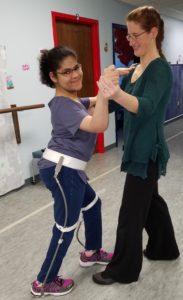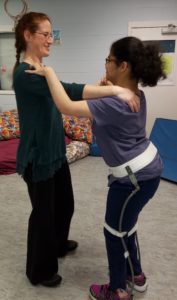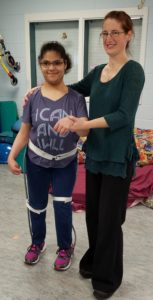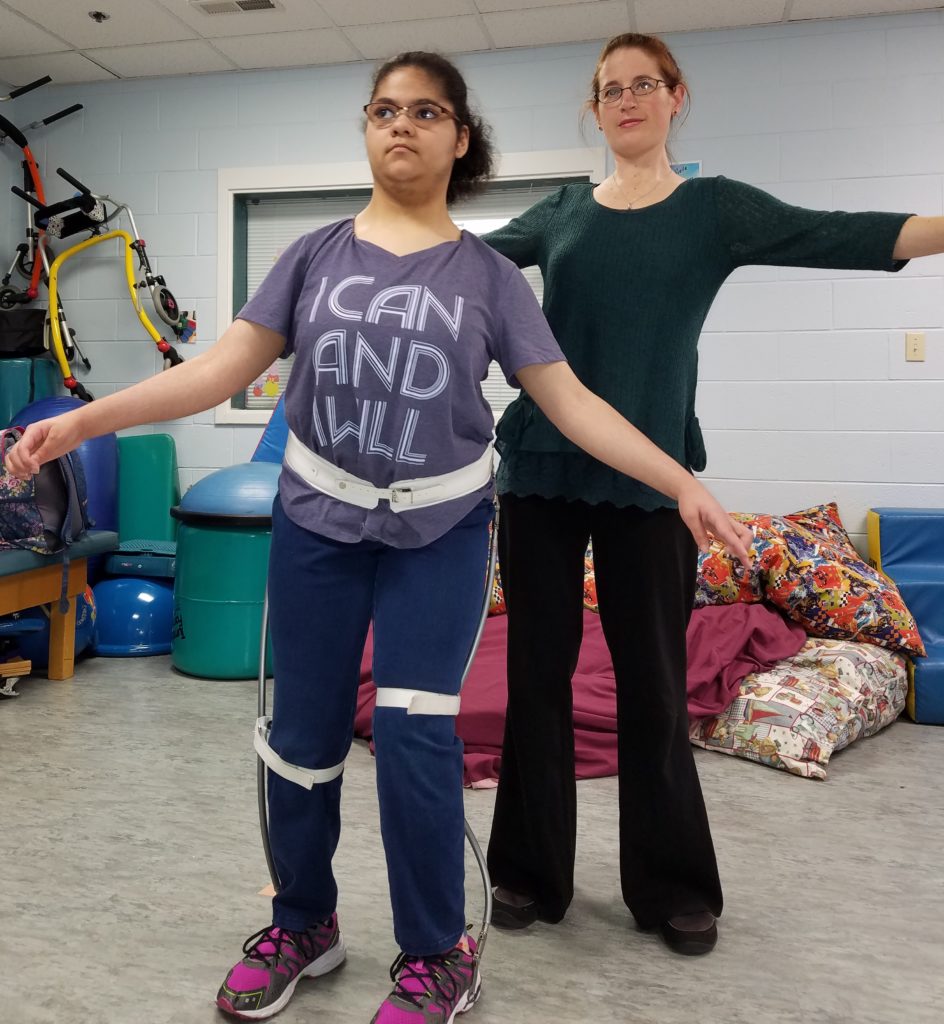
Informal Dance Intervention Improves BMI and Functional Gait in an Adolescent With Cerebral Palsy: A Case Report
by Meghan Owens, PT, DPT; Debbie Silkwood-Sherer, PT, DHSc, HPCS
CORA Physical Therapy (Dr Owens), Roanoke, Virginia; Doctoral Program in Physical Therapy (Dr Silkwood-Sherer), Central Michigan University, Mt Pleasant, Michigan.
Purpose:
This case study examined the effects of incorporating Informal Dance Intervention into traditional therapy sessions on body mass index and functional walking in an adolescent girl with cerebral palsy.
Case Description:
A 15-year-old adolescent girl, Gross Motor Function Classification System Level II, participated in Informal Dance Intervention twice weekly in 2, 16 session phases. Sixty-minute sessions focused on waltzing, contra dancing, square dancing, and belly dancing to improve timing, endurance, vestibular functioning, and core strength.
Conclusions:
Waist circumference decreased, walking speed increased on the 6-Minute Walk Test and Timed Up and Down Stairs, balance confidence increased per the Activities-specific Balance Confidence Scale, and vestibular functioning improved per changes in the Functional Gait Assessment.
Recommendations for Clinical Practice:
Incorporating Informal Dance Intervention, in conjunction with therapy, may be motivating and improve overall health for adolescents with cerebral palsy to combat their tendency of increased sedentary lifestyle.
You can read the case study in its entirety as it will appear in the October Issue of Pediatric Physical Therapy!
